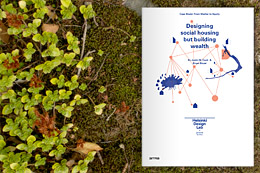One of the things I did today was spent some real quality time with Jan Wahlberg, Minister Counsellor at the Finnish Embassy in Tokyo discussing Japan, its culture, and questions of design and national competitiveness. Despite being in a world of new characters, I’m surprised by how accessible Tokyo is.
There are few cultures that have engrained design as deeply and to such a high degree than the Japanese. It’s hard not to notice that everything you touch and see has been carefully planned and developed: shapes; colors; packaging; food; buttons; gadgets; signs; and tickets. And it does not stop there, rather it permeates to all aspects of culture and behavior. There is an astounding sense of coherence, of one voice. It would be simplistic to suggest that the Japanese are somehow born with a more acute sense of the aesthetic; that they possess a unique “design” gene. Rather, this coherence and refinement is a reflection of its culture.
Finland is not dissimilar in certain regards, especially when it comes to the “one voice”. Finland is a small country (this -actually- being the biggest difference with Japan), with a high degree of literacy, and a very homogenous culture. Decision making in this context is, relatively speaking, easy. I think this is something that we will want to leverage at our next Helsinki Design Lab. It will enable us to prototype ideas that require systemic change.
But I’m also wondering how much of a liability can this “one voice” be. In this context there tends to be less need for discussion; fewer points of contention; less angles on an issue… so the danger is that rather than expand, the collective understanding contracts. This in turn may limit the ability to find the space for innovation, to think and see differently. So how does a national innovation strategy in a “one voice” context differ from that in other contexts?



